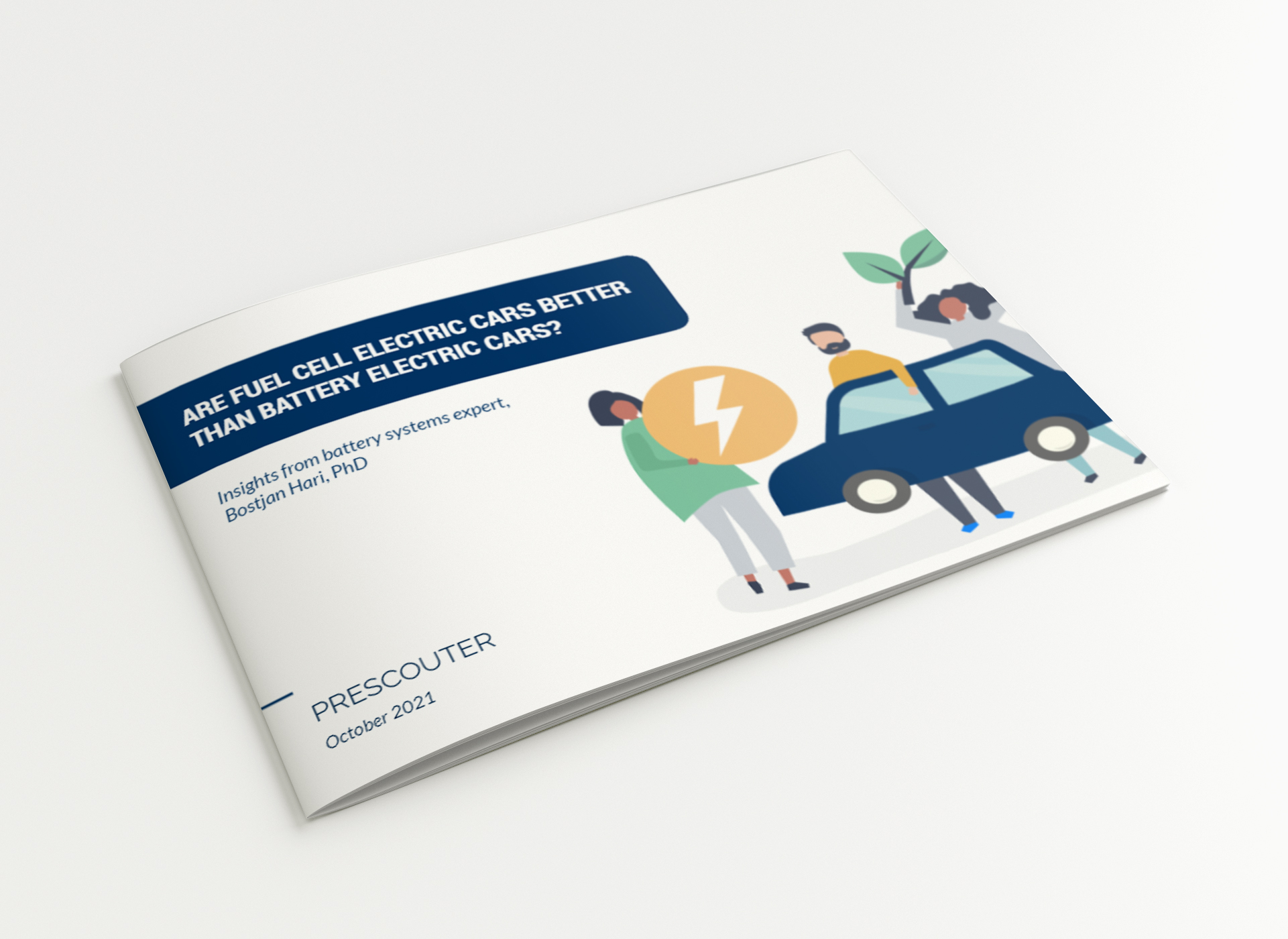In the absence of an infrastructure to support FCEVs, BEVs are the more favorable option today. This could change within the next 5 to 10 years as investments in hydrogen production and infrastructure surge, pushing FCEVs to potentially surpass the BEV market and become the more sustainable option.

Several auto manufacturers have been manufacturing and marketing low-emission and/or zero-emission vehicles for years; namely, these have been BEVs and plug-in hybrid-electric vehicles (PHEVs). Despite achieving the perceived goal of reduced carbon emissions, the lithium-ion batteries (LIBs) used in these types of vehicles are projected to pose a grave environmental crisis as LIBs from BEVs reach their end of life and in the absence of efficient recycling processes.
Automakers need to cut emissions to comply with new regulations.
FCEVs and BEVs (more commonly referred to as EVs) are similar in that they use an electric motor instead of an internal combustion engine to power the vehicle. While EVs run on LIBs that must be plugged in to recharge, FCEVs generate their electricity from on-board hydrogen tanks or cylinders connected to fuel cells. Both technologies offer zero tailpipe emissions, presenting a sustainable and environmentally friendly solution.
However, regulatory bodies have moved beyond looking at just tailpipe emissions to the overall carbon footprint of a vehicle, from materials used to the fate of end-of-life car components such as batteries. LIBs from EVs are on track to generate a multimillion metric ton of waste with the growing popularity of EVs. Economically speaking, mining raw materials is easier than recycling batteries for metal recovery. This, paired with difficulties in current battery recycling processes, is why less than 5% of batteries are recycled globally. The European commission has proposed strict battery-recycling requirements, which could come into place by 2024.
BEVs might not be the answer and, at present, are not a viable solution.
Although there are many debates on the efficiency and effectiveness of BEVs, Volkswagen and some other supporters argue that BEVs are the technology that should be used in passenger cars, claiming BEVs are a more energy-efficient alternative than FCEVs. They said in other applications, such as heavy-duty transport, aviation, and shipping, FCEVs might be an option in the long run. The most defended and mentioned point by the supporters of BEVs are maturity of the technology and readiness for the mass market. It is understandable, since huge amounts of investment decisions were made by some of the global players already. They do not want to lose their positions.
Fuel cells can be a 100% renewable and environmentally friendly energy system.
FCEVs are zero-emission vehicles. While hydrogen is abundant in the universe, it is required to apply some chemical processes to dissociate hydrogen from other compounds to be used as fuel. Hydrogen sourcing and production methods are diverse. Current methods often come from natural gas. But hydrogen fuel can also be made from water, oil, coal, plant material, and even from trash. Electricity generated from renewable sources such as wind, solar, geothermal, or biomass is also another source in the production of hydrogen.
To continue reading, please download the Intelligence Brief.
Included in this Intelligence Brief:
- Discussion of why FCEVs may be a better solution than BEVs
- A look at FCEV market segments today
- Highlight of emerging technologies and market opportunities
- Insights from battery systems expert, Bostjan Hari, PhD
If you have any questions or would like to know if we can help your business with its innovation challenges, please contact us here or email us at solutions@prescouter.com.








